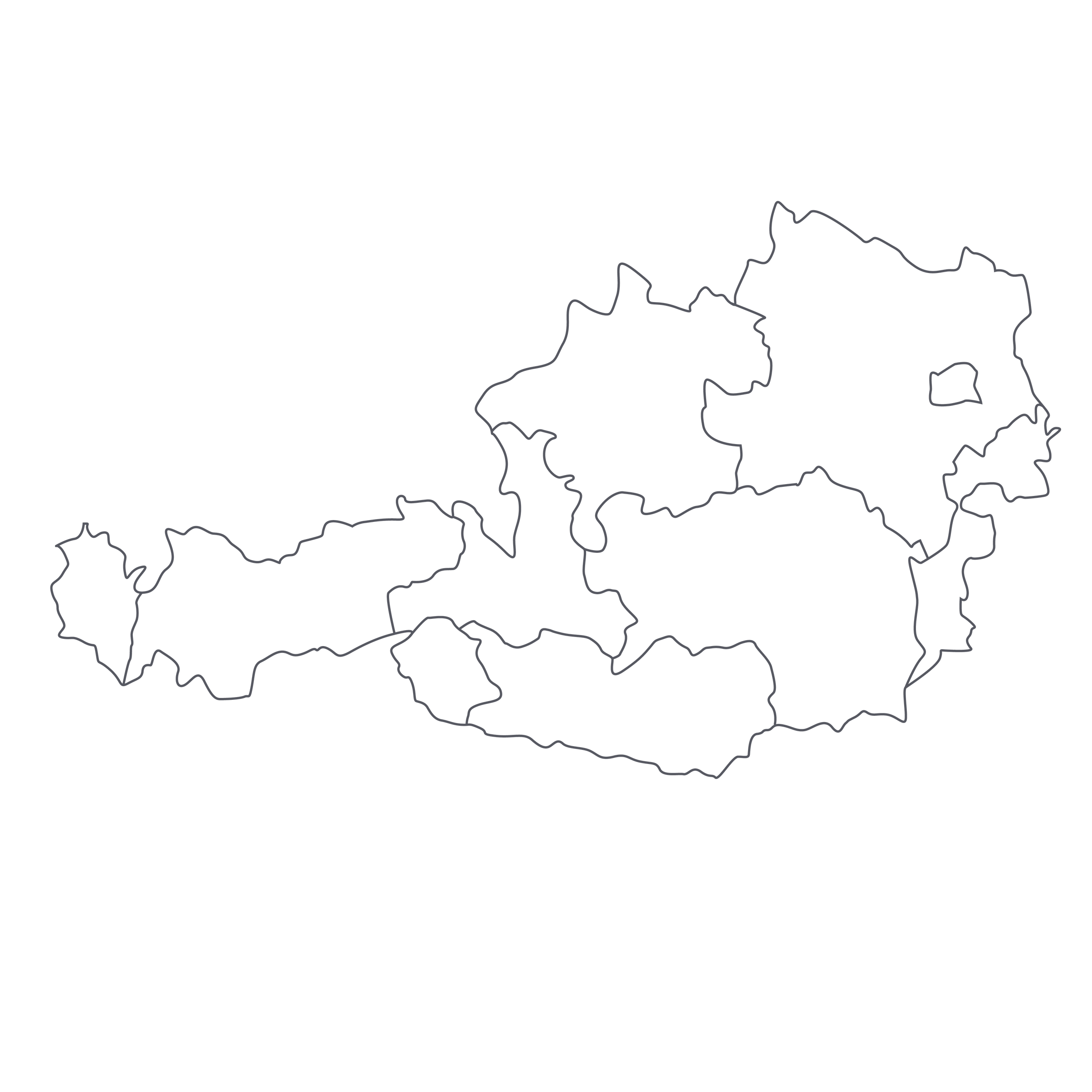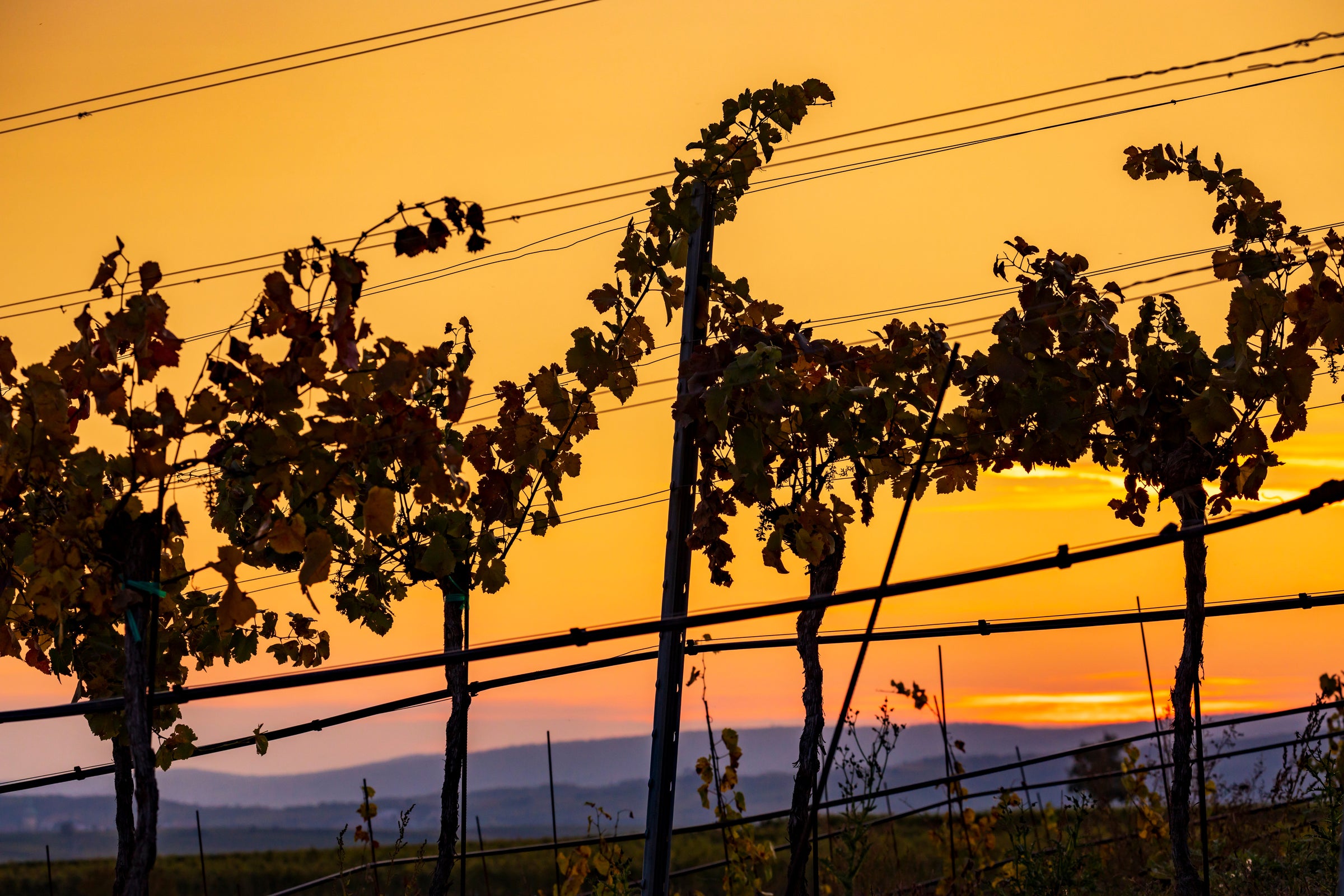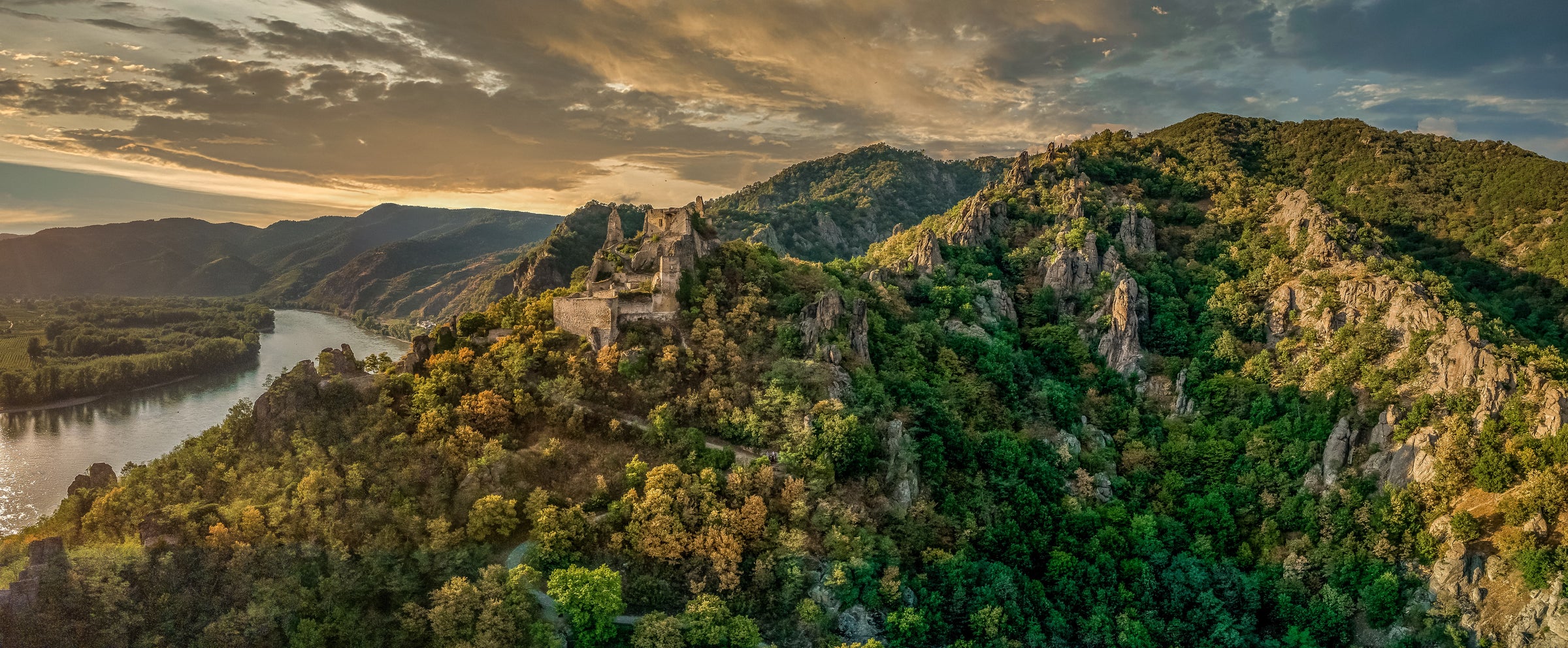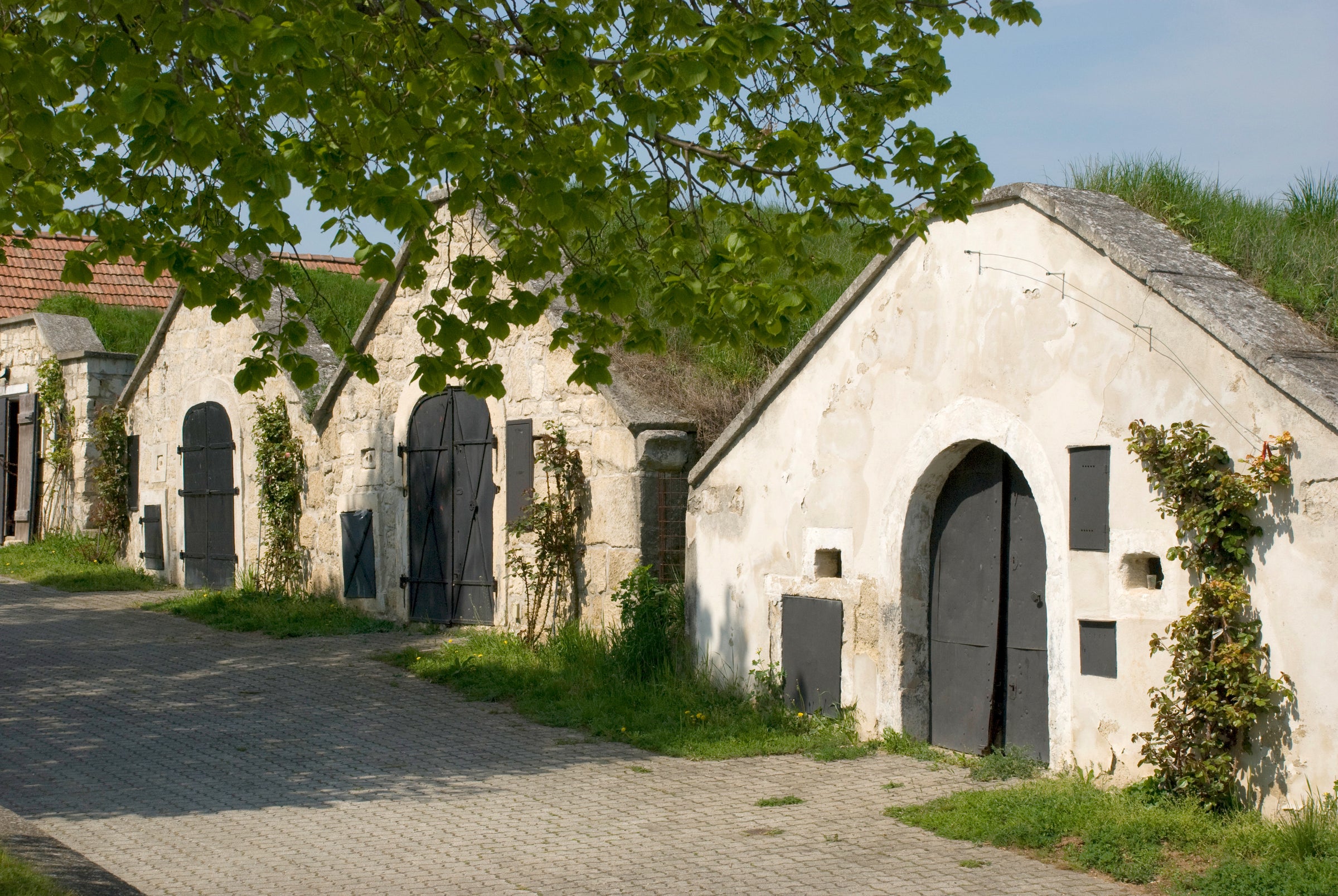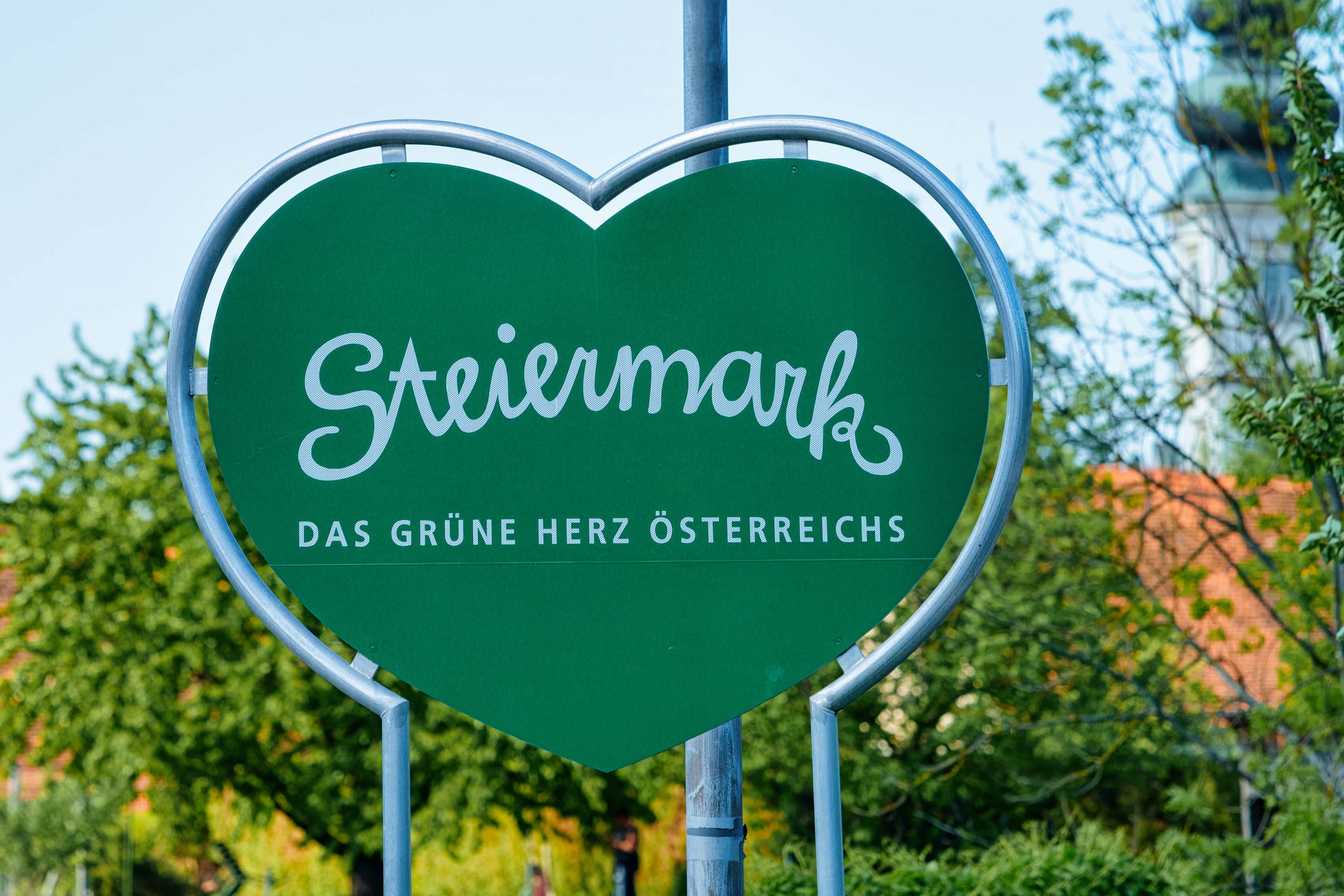No, Rotburger is not the name of some nihilist fast-food franchise. It’s a native grape of the Burgenland region of Austria, also known as Zweigelt, that makes fantastically unique red wines—inky to look at; plump, juicy, and deeply satisfying on the palate; yet deceivingly lightweight and refreshing. It also tends to be remarkably inexpensive, as in the case of Rosi Schuster’s 2018.
For all our fawning over the white wines of the Danube River Valley—the brilliant Grüners and Rieslings of the Wachau, Kremstal, Kamptal—Burgenland has consistently over-delivered in the red wine department, whether it’s Rotburger/Zweigelt, Blaufränkisch, or the Pinot Noir-esque Sankt Laurent. Running up to Austria’s border with Hungary, Burgenland is a truly exciting red wine region we all need to be exploring more closely, with the Schuster estate topping anyone’s list of must-try producers. Hannes Schuster, son of namesake Rosi, is the man to see when you want to learn how serious Austrian reds can be—his wines, along with those of his friend and mentor, Roland Velich (Moric), are regional benchmarks. Today’s wine is a deep, dark-fruited delight, hinting at all sorts of great wines—Cru Beaujolais, Northern Rhône Syrah—while singing its own bouncy tune. It’ll make you happy, believe me.
Burgenland is the DAC, or controlled appellation of origin, that extends west and south of Lake Neusiedl near the Hungarian border. It’s part of a broad, warm central European lowland area known as the Pannonian Basin, with loamy soil and plenty of sunlight and warmth for ripening red grapes. The Schuster property includes 11 hectares of vineyards, the oldest of which exceed 60 years of age. Hannes Schuster came on board in 2005 and has converted the estate to organic viticulture, focusing exclusively on red wines like today: ripe, fresh, mineral reds subjected to judicious (or no) oak treatment.
While writing this offer I looked back through SommSelect’s archives to see if we’d ever offered a Zweigelt before—and it turns out this is the first one! We have, however, offered many examples of the variety’s two “parents,” Blaufränkisch and Sankt Laurent, which Dr. Fritz Zweigelt first cross-bred in the 1920s. Since then, the Zweigelt variety has become the most widely planted red grape in Austria, known for its dark, violet-tinted color, soft tannins, modest alcohol, and generous fruit.
Today’s 2018 was sourced from vines between 10 and 45 years of age and fermented using about 30% whole grape clusters. It aged for about six months in a mix of stainless steel tanks and “seasoned” (i.e. “used”) oak barrels (into 500-liter casks crafted by the boutique Austrian cooper Stockinger). In the glass, it’s an opaque ruby-purple moving to garnet at the rim, with heady aromas of black and blue plums, crushed blackberries, cassis, violets, black pepper, juniper, and bay leaf. It has a rich, juicy, palate-coating mouthfeel but it is buoyed by loads of freshness, mild tannins. It’s the kind of red that plays tricks on your mind: to look at it, you’d think you were about to drink some massive, sappy beast of a red, only to have it dance happily across your palate at 12.5% alcohol. It’s ready to drink now and over the next few years at 60 degrees in Burgundy stems, and while decanting never hurts, it’s not necessary. Enjoy this richly flavored red with barbecue (its low alcohol/tannin means it can handle a little spice-derived heat), burgers, or my first choice, steak au poivre. It isn’t French by any stretch, but that pairing will rock! Enjoy!


